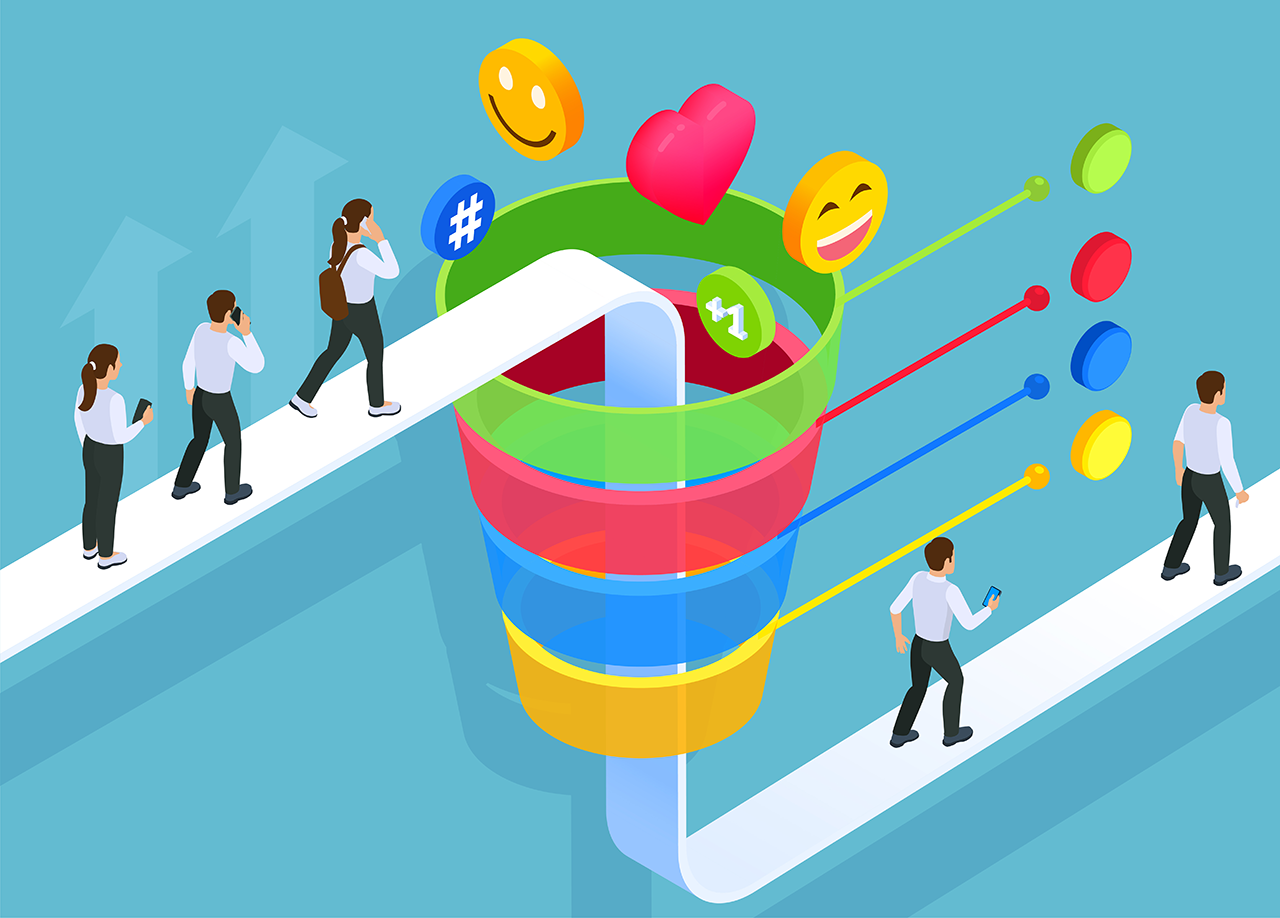As a business owner or marketer, it’s essential to understand your audience to deliver personalized and relevant marketing campaigns. Audience segmentation is the process of dividing your customer base into smaller groups with shared characteristics or behaviors. By doing so, you can create more effective retention marketing campaigns that target your audience’s specific needs and preferences.
In this article, we’ll explain how to segment your audience for more effective retention marketing and provide three examples of segmentation and their results
Why Audience Segmentation is Important for Retention Marketing?
Retention marketing focuses on retaining existing customers by delivering personalized, relevant, and engaging content. By segmenting your audience, you can create tailored retention campaigns that address your customers’ unique pain points and preferences. This approach leads to higher customer satisfaction, loyalty, and retention rates.
Moreover, segmentation helps you identify high-value customers who are more likely to make repeat purchases or refer your business to others. By nurturing these relationships, you can increase your customer lifetime value (CLTV) and revenue.
Steps to Segment Your Audience
Here are the steps to follow when segmenting your audience for retention marketing:
- Collect Data
To segment your audience, you need data that describes their behavior, demographics, interests, and preferences. You can collect this data from various sources, such as customer surveys, social media, website analytics, CRM, and purchase history. - Identify Segments
Once you have data, you can start identifying segments based on shared characteristics or behaviors. For example, you can segment your audience by:- Demographics (age, gender, income, education, etc.)
- Geographies (region, city, country, etc.)
- Psychographics (personality, values, lifestyle, etc.)
- Behaviors (purchase history, engagement level, frequency, etc.)
- Preferences (product category, brand, price range, etc.)
- Create Personas
After identifying segments, you can create personas that represent each segment’s typical customer. A persona is a fictional character that embodies the segment’s needs, preferences, challenges, and goals. By creating personas, you can humanize your audience and visualize their journeys, touchpoints, and pain points. - Develop Content Strategy
Based on the personas, you can develop a content strategy that addresses their needs and preferences. For example, you can create blog posts, social media posts, emails, videos, or webinars that offer solutions to their challenges, showcase your products’ benefits, or provide valuable tips and advice. - Measure Results
Finally, you need to measure the results of your retention campaigns to evaluate their effectiveness and optimize them over time. You can use metrics such as retention rate, CLTV, customer satisfaction, engagement rate, and conversion rate to track your progress and identify areas for improvement.
Examples of Audience Segmentation and Their Results
Demographic Segmentation
One of the most common types of segmentation is demographic, which divides customers based on age, gender, income, education, and other demographic variables. This segmentation can be effective for businesses that sell products or services that appeal to a particular age group or gender.
For example, a beauty brand that targets young women can segment its audience by age and interests. By creating content and offers that resonate with this group, the brand can increase engagement and loyalty. As a result, the brand can increase its CLTV and revenue.
Psychographic Segmentation
Psychographic segmentation focuses on customers’ personality traits, values, lifestyles, and attitudes. This type of segmentation is useful for businesses that offer products or services that align with their customers’ values or lifestyle choices.
For instance, a sustainable fashion brand can segment its audience based on their environmental values and lifestyle choices. By creating content that promotes sustainable living and ethical fashion, the brand can attract customers who share these values and increase customer loyalty. This approach can lead to higher retention rates, customer satisfaction, and positive brand reputation.
Behavioral Segmentation
Behavioral segmentation divides customers based on their behavior, such as their purchase history, engagement level, frequency, and loyalty. This type of segmentation is useful for businesses that want to identify their high-value customers and provide personalized offers and rewards.
For example, a coffee shop can segment its audience based on their frequency of visits and purchase history. By offering discounts, free drinks, or loyalty points to frequent customers, the shop can incentivize them to return and make more purchases. This approach can increase customer retention, CLTV, and revenue.
Conclusion
Audience segmentation is a crucial aspect of retention marketing that helps businesses create personalized and relevant campaigns that increase customer loyalty, retention, and revenue. By following the steps we’ve outlined and using examples of segmentation, you can improve your retention marketing efforts and boost your ROI.
Remember that audience segmentation is an ongoing process that requires constant monitoring, analysis, and optimization. By measuring your retention campaigns’ results and adjusting them based on feedback and data, you can continuously improve your customer experience and increase your competitive advantage.

